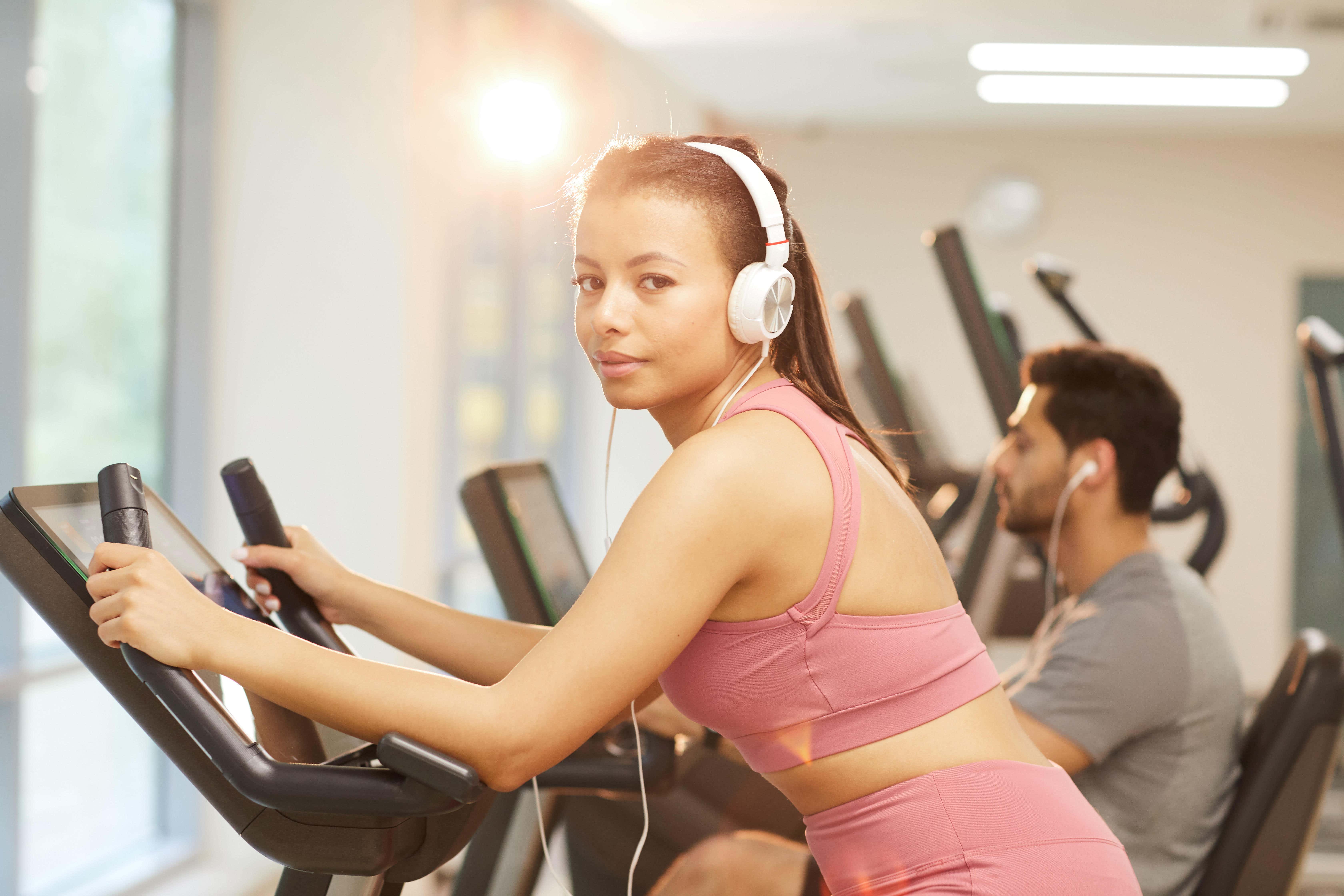A woman’s menstrual cycle is the monthly series of changes the body goes through to prepare for pregnancy. It can be a confusing time and can also vary from woman to woman, as hormones change week to week – along with energy levels, moods, strength and motivation.
The length of the menstrual cycle varies from woman to woman – however the average is to have periods around every 28 days. Regular cycles that are longer or shorter than this, from 21 to 35 days, are normal according to the NHS.
The cycle is controlled by hormones and can affect women in a variety of different ways. New research from Vista Health found that a quarter of women experience painful or heavy periods that impact daily life. Of those women, over half (52%) say it has impacted social plans, and 55% say it has also impacted work.
And 31% of women also experiencing general gynaecological symptoms have retreated from everyday life – such as stepping back from exercise.
Dr Reem Hasan, GP and the Chief Medical Officer at Vista Health, however says that when it comes to a woman’s cycle, they should “not be or feel restricted from certain exercises”.
“There is some research around links between phases of our cycles and physical performance, but no definitive guidance that specific things need to be avoided,” Hasan says.
“Women should listen to their bodies and adjust the intensity and amount or type of exercise accordingly – this may vary even for month to month.”
Although Hasan emphasises “one size does not fit all” when it comes to women’s cycles, conditions such as endometriosis, fibroids or polycystic ovary syndrome (PCOS), and training, she gives broad changes during each phase of the cycle that women may experience.
The menstrual phase
“At the beginning of the cycle we have the menstrual phase which is typically between days one to five,” Hasan says. “This is when you get the shedding of the uterine lining – what we see as our period.
“In terms of hormones, this is when oestrogen and progesterone are at their lowest points – meaning our energy levels tend to be lower too.
“During this time some women are absolutely fine and can continue doing what they usually do. However if some are suffering from cramps or heavy bleeding, then gentle training such as stretching or yoga are good to support circulation and ease cramps.
“In terms of nutrition, you want to be focusing on iron-rich foods during this time. Foods like spinach, lentils, anything with magnesium and always keeping well-hydrated can help.
“I would also prioritise sleep, rest and tailoring it to individual symptoms. If a woman has endometriosis or fibroids then it’s in this time they may add in anti-inflammatory foods like turmeric or oily fish.”
The follicular phase
“The follicular phase is typically days six to 14 when oestrogen levels begin to rise and women start to have a little bit more energy and motivation,” Hasan says. “Here the body is preparing for ovulation and this is where you may see more energy for strength training and cardio, as it is a great base for high-energy activities.
“Your nutrition then needs to reflect this and protein or eggs – depending on dietary restrictions – while also incorporating oats, sweet potatoes and fermented foods, too, for gut health will be beneficial here.”
The ovulation phase

“Ovulation for a typical 28-day cycle happens around day 14,” Hasan explains. “Here, oestrogen continues to rise until you ovulate.
“This is still a great time for high-intensity training and, in terms of nutrition, a focus on antioxidants and hydration can help manage any inflammation that may be going on.
“For those who have fibroids, the oestrogen spike here might actually worsen some symptoms such as bloating, so it’s important to keep really well hydrated.”
The luteal phase
“The luteal phase is around days 15 to 28 and straight after ovulation. Here, oestrogen levels drop and progesterone starts to rise to prepare for a potential pregnancy. If you’re not pregnant, then those hormone levels eventually drop.
“In this phase, however, you might find because of those hormonal changes, your energy levels gradually wane and pre-menstrual syndrome (PMS) symptoms typically appear. During this phase, women can scale back on the intensity of training if needed.
“This is a supporting and sustaining time, so moderate-intensity exercise is also recommended. For nutrition, it’s important to have things like your B vitamins, magnesium, calcium and complex carbs, along with enough sleep.
“As PMS may occur around here, women sometimes start reducing sugar, caffeine and alcohol, and start implementing herbal teas to reduce symptoms.”



